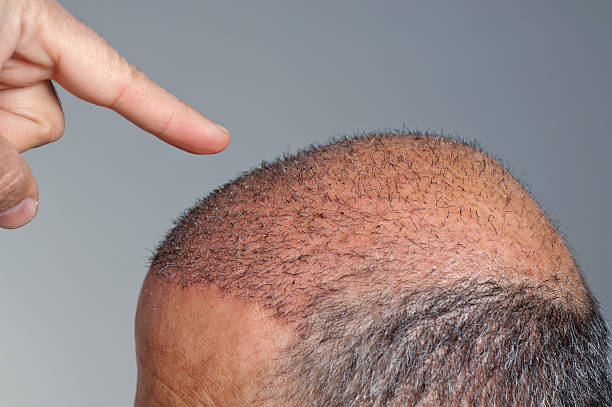Demystifying Hair Transplant: Historical Background, Current Innovations, and Future Prospects
Hair loss is a common concern that affects millions of individuals worldwide. While it is often associated with aging and genetic predisposition, factors such as hormonal imbalances, nutrient deficiencies, and stress can also contribute to this condition. Hair transplant procedures have emerged as a popular solution for those seeking to restore their youthful appearance and confidence. This article aims to provide an in-depth analysis of hair transplant, tracing its historical roots, exploring current trends, and forecasting future developments.

The Dawn of Hair Transplant
The concept of hair transplantation dates back to the early 19th century in Germany, where a medical student named Diffenbach conducted experimental procedures on animals. However, it wasn’t until the mid-20th century that hair transplantation gained significance as a viable solution for hair loss.
In the 1950s, Dr. Norman Orentreich, a New York dermatologist, pioneered the first successful hair transplant procedures in humans. His technique, known as “punch grafting,” involved removing small round plugs of hair-bearing skin from the back of the scalp and transplanting them to balding areas. While the method was revolutionary at the time, it often resulted in an unnatural “doll’s hair” appearance due to the large size of the grafts.
Modernization of Hair Transplant Techniques
Over the past few decades, hair transplantation has undergone major advancements. The large punch grafts of the past have given way to smaller grafts, leading to more natural-looking results. This transformation was made possible by the introduction of two key techniques – Follicular Unit Transplantation (FUT) and Follicular Unit Extraction (FUE).
FUT, also known as strip harvesting, involves removing a strip of scalp from the back of the head, dissecting it into individual follicular units, and then transplanting these units into the balding areas. On the other hand, FUE entails the direct extraction of individual follicular units from the scalp, which are then transplanted to the balding areas. Both methods have their own advantages and drawbacks, with the choice depending largely on the patient’s needs and the surgeon’s expertise.
The Impact of Technology on Hair Transplant
Technology has played a pivotal role in advancing the field of hair transplantation. Automated devices and robotics have been introduced to improve the precision and efficiency of follicular unit extraction. One such example is the ARTAS Robotic Hair Transplant system, which uses advanced algorithms and image-guided robotics to enhance the quality of graft extraction.
Moreover, the advent of regenerative medicine has opened up a new frontier in hair restoration. Techniques like Platelet-Rich Plasma (PRP) therapy and Stem Cell therapy are being explored to stimulate hair growth and improve the success rate of hair transplants. These methods involve using the patient’s own cells to promote healing and regeneration, potentially offering a more natural and sustainable solution to hair loss.
The Social Perception and Reception of Hair Transplant
The perception of hair transplant has evolved significantly over time. Once stigmatized and seen as a desperate measure, it is now considered a mainstream and acceptable solution for hair loss. The growing acceptance can be attributed to increased awareness, successful celebrity endorsements, and the improved outcomes resulting from technological advancements.
However, like any medical procedure, hair transplantation is not without its criticisms. Ethical concerns have been raised regarding the exploitation of patients’ insecurities for profit, and the potential psychological impact of unrealistic expectations. In addition, there are ongoing debates about the long-term effectiveness and potential side effects of these procedures.
Looking Ahead: The Future of Hair Transplant
The future of hair transplantation looks promising with the advent of novel technologies and therapeutic approaches. Research is underway to develop bioengineered hair follicles and hair cloning techniques, which could potentially provide an unlimited source of donor hair for transplantation.
Moreover, advancements in genetic research could pave the way for personalized treatments that target the underlying causes of hair loss. This would mark a shift from the current reactive approach to a more preventive and holistic strategy, offering a long-term solution to hair loss.
In conclusion, hair transplantation has come a long way since its inception, with continuous advancements making it a viable option for those grappling with hair loss. As we forge ahead, it is crucial to continue the discourse on the ethical implications and strive for approaches that prioritize patient well-being, delivering not just aesthetically pleasing results, but also promoting overall hair health and self-confidence.




